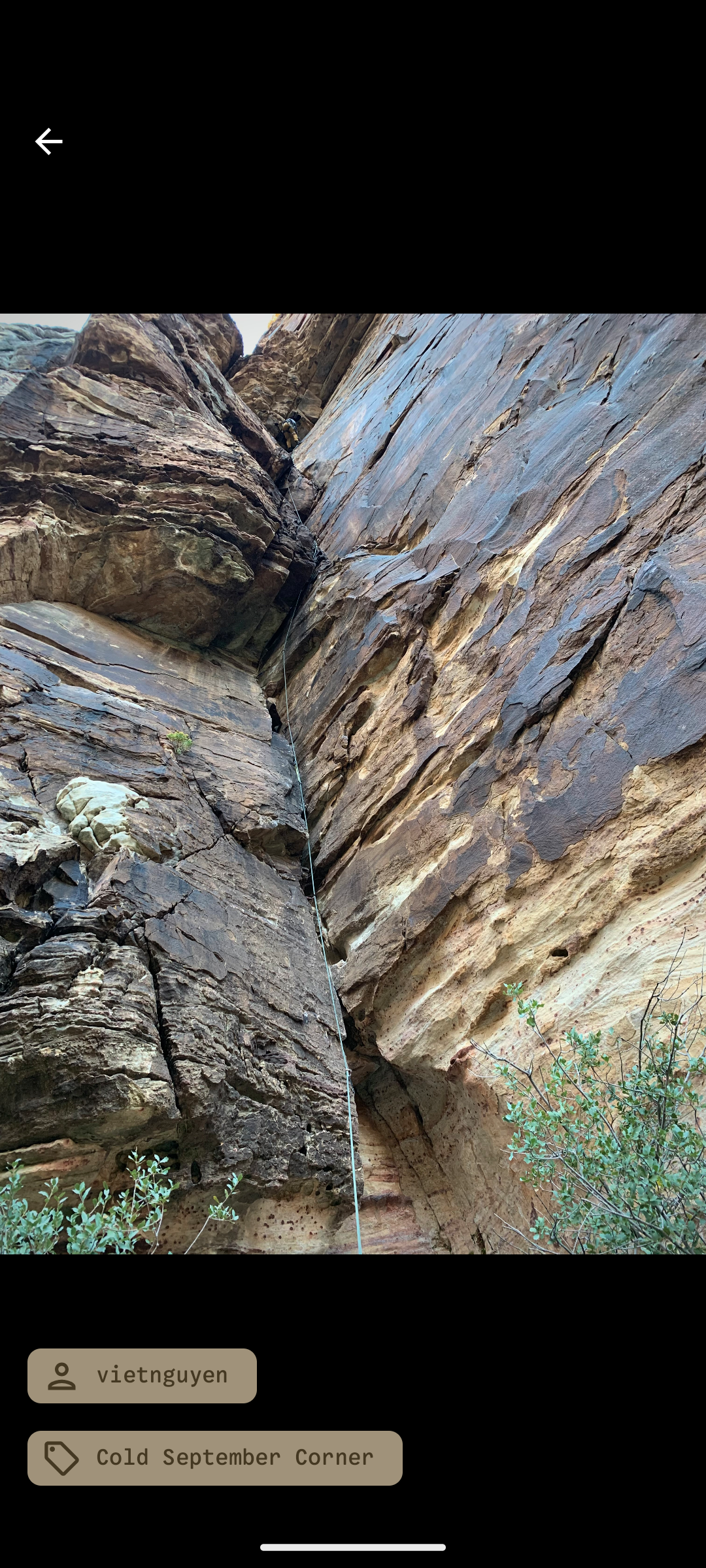Olympians Advance at Innsbruck World Cup
General News
1
Posts
1
Posters
109
Views
-
Janja Garnbret has advanced to Boulder semis at one of the biggest World Cup events of the year
The post Olympians Advance at Innsbruck World Cup appeared first on Gripped Magazine.
https://gripped.com/news/olympians-advance-at-innsbruck-world-cup/

Olympians Advance at Innsbruck World Cup - Gripped Magazine
Janja Garnbret has advanced to Boulder semis at one of the biggest World Cup events of the year

Gripped Magazine (gripped.com)
